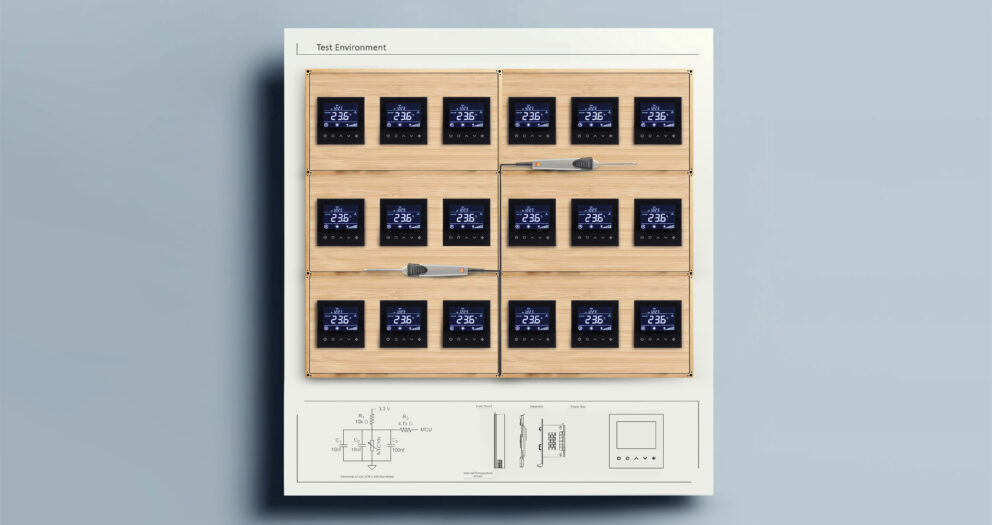Science and technology have always been key drivers in improving human quality of life. The HVAC (Heating, Ventilation, and Air Conditioning) industry is a critical part of this ongoing transformation. Today’s HVAC systems not only ensure comfort in our living and working environments, but also aim to minimize environmental impact through sustainable solutions. In this article, we will explore the historical development of HVAC technologies, highlight current innovations, and share how Ges Teknik & Smallart’s R&D vision is helping shape the future of the industry.
Historical Evolution: The Roots of HVAC
HVAC systems were born out of the need to create more comfortable living spaces, and over time, have undergone significant technological advancements. Below are key milestones from this journey:
The First Heating Systems (Ancient Times and Beyond)
The concept of heating dates back to the discovery of fire. The hypocaust system used in Ancient Rome is one of the earliest examples of central heating technology. In Ancient China, natural ventilation methods were used to maintain indoor temperatures, relying on the forces of nature to warm living spaces.

The First Ventilation Systems
Before chimneys were invented, simple vents were added to walls and ceilings to remove smoke from indoor spaces. By the 1860s, the first fan-driven hot air systems emerged, laying the foundation for modern ventilation technologies. Fans and air ducts, initially developed then, are still widely used in various forms today.
The First Mechanical Air Conditioning Systems
Although ancient Greeks experimented with climate control, it was in 1844 that John Gorrie patented the first mechanical cooling system. However, modern air conditioning as we know it was born in 1902 with Willis Carrier’s invention of the first electric-powered AC unit.
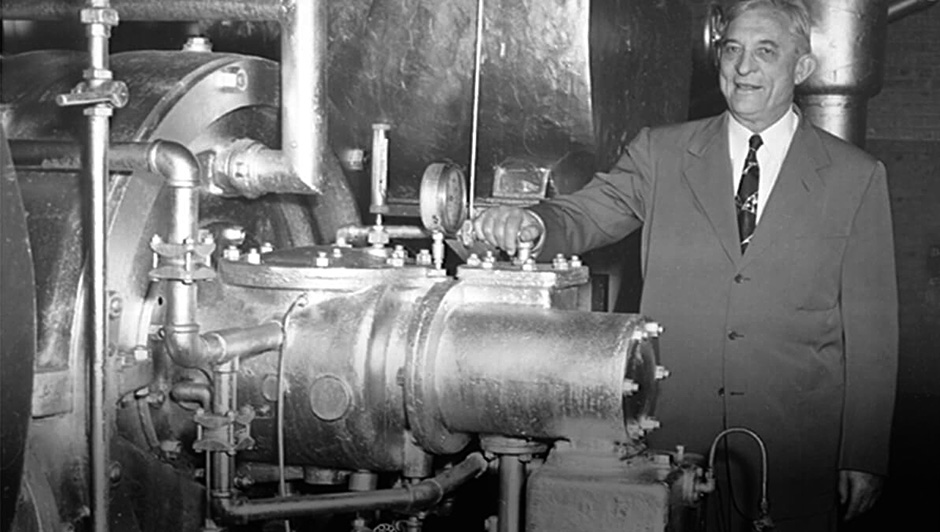
The Rise of Refrigeration
Cooling technologies were initially developed to preserve food. In ancient times, people used ice harvested from frozen lakes for refrigeration. The invention of quick-freezing technology by Clarence Birdseye in 1922 revolutionized food storage and paved the way for modern refrigeration systems.


Today’s HVAC Technologies: Innovative and Sustainable Solutions
With the rapid advancement of technology, the HVAC industry has undergone a major shift toward efficiency, smart control, and environmental sustainability. At Ges Teknik, we are not only keeping up with these changes—we are driving them forward with cutting-edge and reliable solutions.
Smart HVAC Systems
AI-powered automation optimizes heating and cooling processes by adapting to usage patterns. These systems provide energy savings while ensuring occupant comfort and operational efficiency.
Renewable Energy Integration
Solutions such as solar-powered HVAC systems and geothermal heat pumps significantly improve energy efficiency while reducing carbon emissions. These technologies support long-term energy independence and environmental responsibility.
Advanced Air Filtration Technologies
We utilize UV-C light and HEPA filters to enhance indoor air quality. These methods are particularly effective against airborne pathogens, contributing to healthier and safer environments.
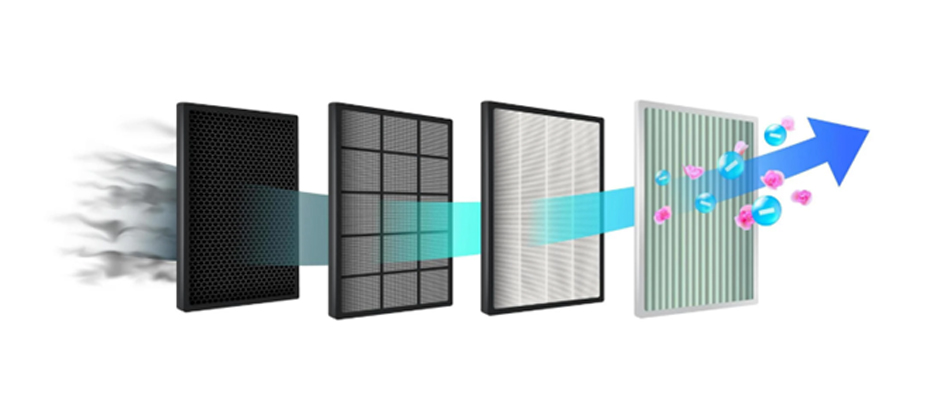
IoT-Based Monitoring and Controls
IoT sensors allow us to monitor temperature, humidity, and airflow in real time. This continuous monitoring enables predictive maintenance and performance optimization, ensuring high system efficiency.
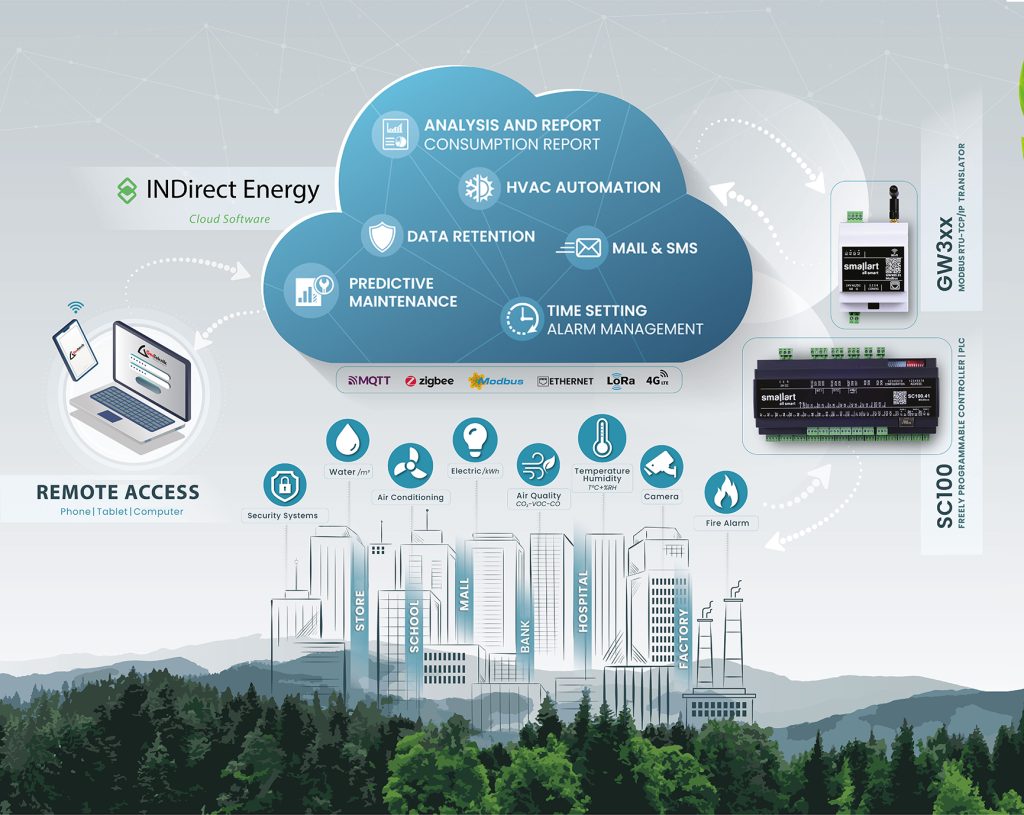
Eco-Friendly Refrigerants
Conventional refrigerants are being replaced with low-GWP (Global Warming Potential) alternatives. These environmentally responsible fluids significantly reduce the ecological footprint of HVAC systems.
Ges Teknik & Smallart R&D: Pioneering the Future of HVAC
At Ges Teknik & Smallart, we do more than follow industry trends—we help set them. With over 60 R&D projects completed to date, we are proud to contribute to the future of HVAC through:
- Sustainable HVAC Solutions: Systems designed to reduce energy consumption and environmental impact.
- Remote Monitoring & Analytics: Real-time performance tracking and predictive maintenance tools.
- Advanced Air Quality Measurement: Smart sensors for monitoring and analyzing indoor air quality.

The Future of HVAC: Smart, Green, and Efficient
The next generation of HVAC systems will be defined by:
- Integrated solutions for net-zero energy buildings
- Biomimicry-inspired designs modeled after nature
- AI-driven personalized climate scenarios tailored to user preferences
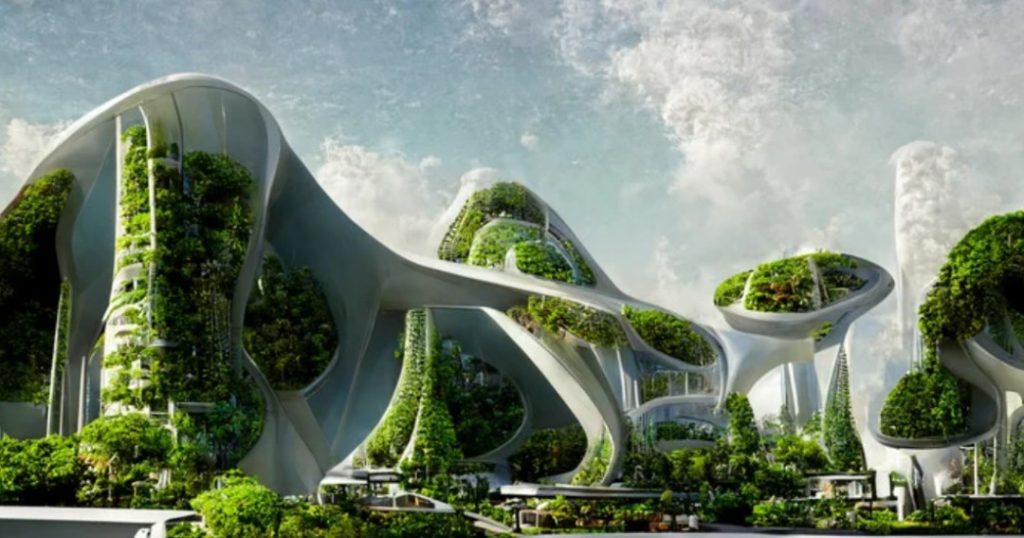
Shaping Tomorrow !
HVAC technologies are about more than just comfort—they represent a commitment to sustainability and innovation. At Ges Teknik, we bring together technology, science, and human-centered design to meet today’s needs and anticipate the demands of tomorrow.




